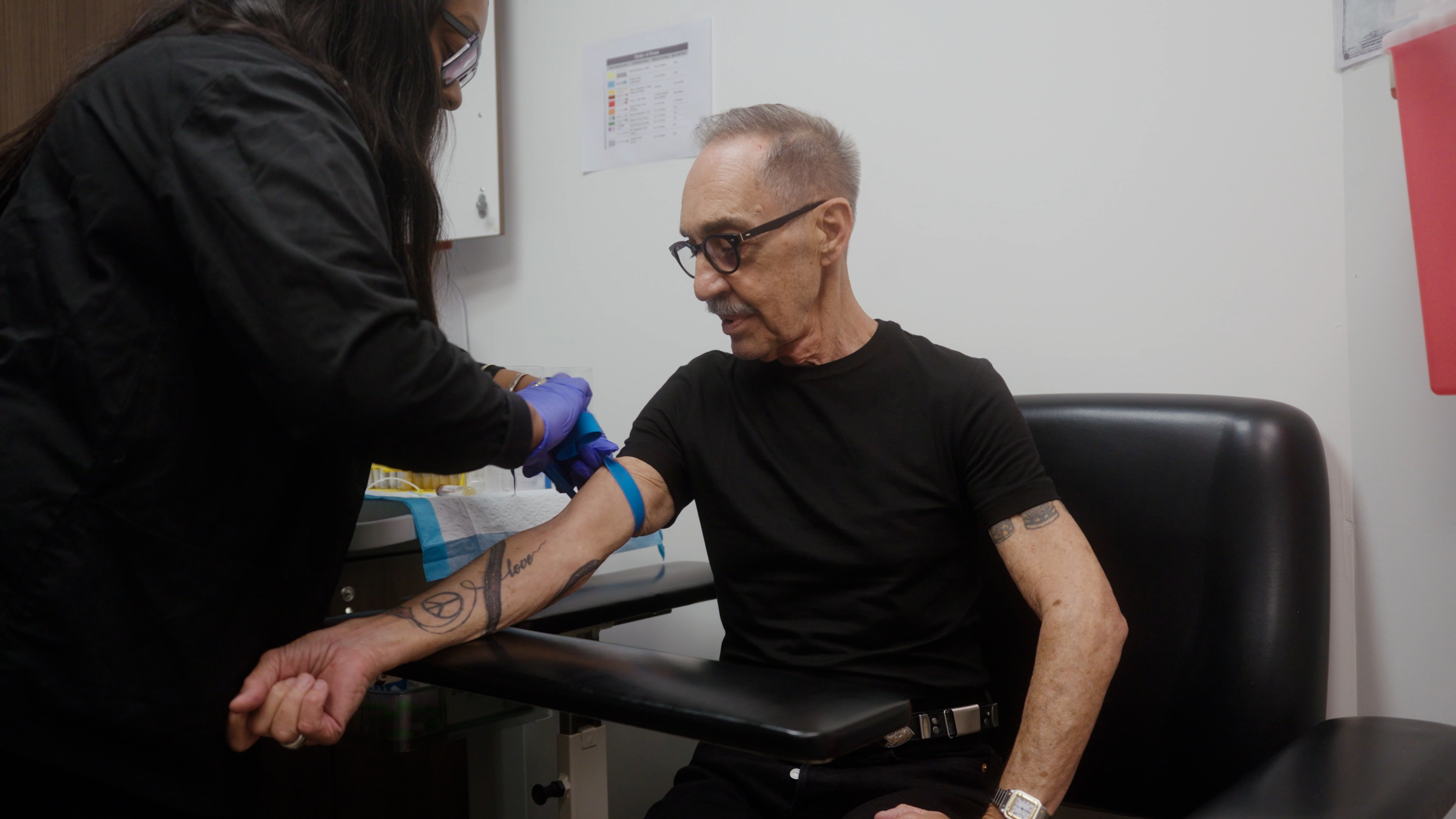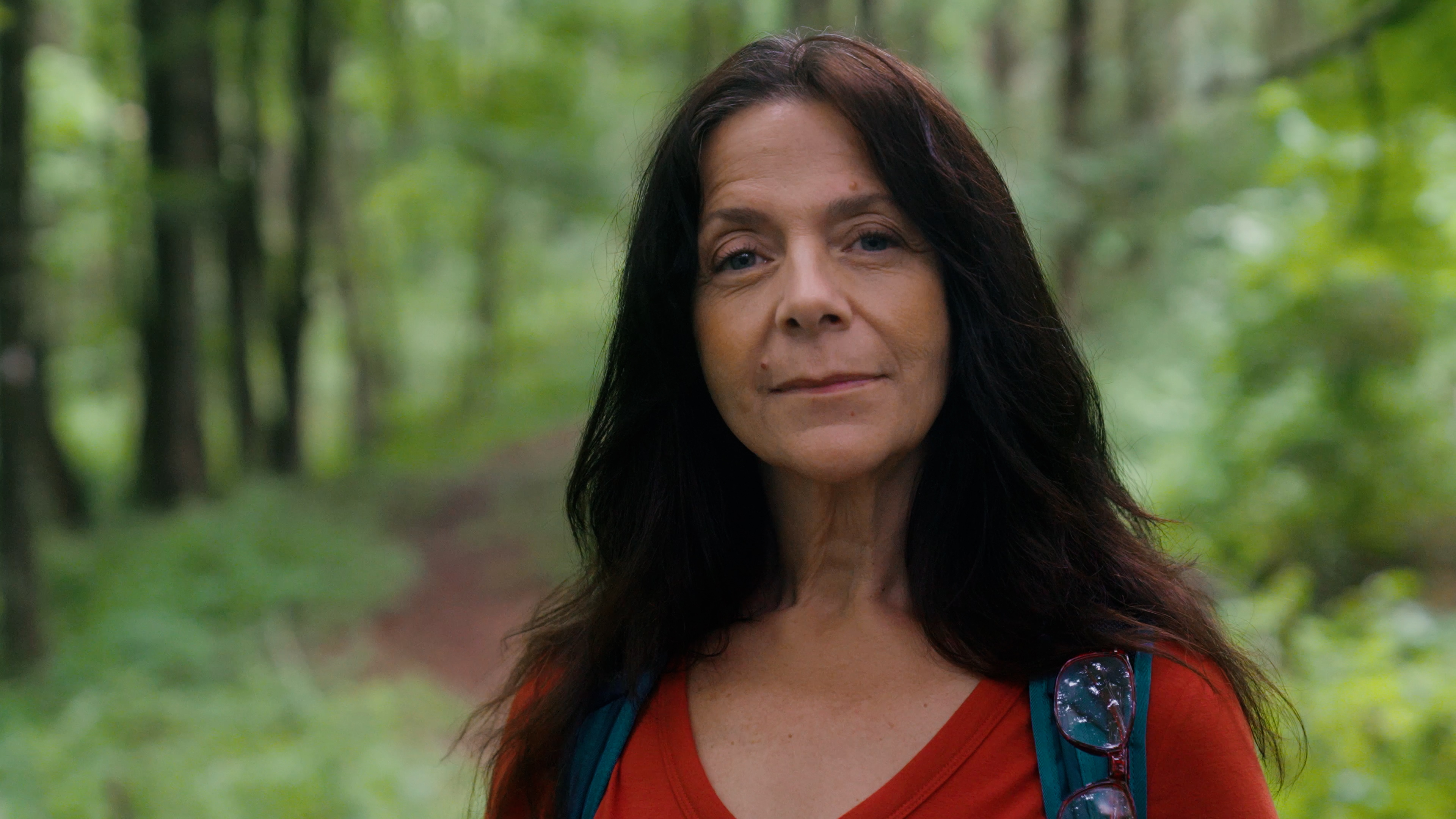Medicaid, Medicaid, Medicaid.
It’s been a major topic of conversation in 2025, and for good reason. In the coming years, millions of people nationwide will be kicked off the program in the wake of a recent bill passing.
One of our nonprofit partners, Sun River Health, sought to tell video patient stories that reflect the lived experiences and concerns facing those people. The goal of these stories was to serve as the face of those who will be affected in the coming years, advocating for the good that Medicaid has done in our country.
We faced a creative challenge – we weren’t approaching a standard healthcare video production. Diving deep into people’s personal affairs, these stories went beyond patient testimonials. Balancing health concerns and financial concerns, we knew each story would be unique, yet universal. We needed to go deeper than just a health story, relying on building empathy to connect with what makes us human.
Meeting the Patients
“When we talk about Medicaid and how important it is to me and my family, it makes me think about every member of my household,” says Leslie, a mother of six adult children. As the family matriarch, she’s not concerned for herself – she’s most concerned about her three granddaughters.

“I’m having a good life,” says Perry, whose HIV has been undetectable for 45 years thanks to medical advancement. His patient testimonial was quite striking, noting that Sun River Health was home to his first female doctor.
Each of the 7 individuals we interviewed added a new layer to the healthcare advocacy video campaign.
We were exploring the need to provide for our families and for ourselves, the need to view ourselves with dignity, the need to persevere in the face of adversity.
While each person spoke from their own lived experience, every story felt relatable.
The fact is, with over 50% of the country benefitting from Medicaid in some manner, it’s actually more difficult to find patient stories that don't revolve around the social welfare program. We all benefit from Medicaid, because someone we know and love does.
We bring this energy to set with us. When we approach nonprofit video production, we make sure we’re mission-aligned.
Building Trust
It can be nerve-wracking for nonprofits to trust that video production crews will treat their beneficiaries with the same level of care they’ve come to expect.
We get it.
Nonprofit impact video production relies on being able to meet people where they are. Powerful storytelling relies on authenticity. In this case, we knew audiences wouldn’t resonate with a patient testimonial if our interviewees didn’t feel comfortable being themselves on camera.
As an extension of our partners’ team, we operate with the same empathy they do.

Part of what makes people comfortable is managing video production with efficiency. We captured 4 out of 7 of these stories in one day, meaning we were operating with a jam-packed shooting schedule. We carefully planned the creative strategy so that there would be plenty of time for each speaker to tell their story in a formal interview, while also capturing plenty of b-roll footage to ensure each story was visually engaging.
Rather than filming at a Sun River location, we sourced an outside location. We needed to be sure we wouldn’t be interrupted by the goings-on of a busy medical office. Knowing how emotionally resonant these stories would be, it was prudent to have full control of the production audio.
After conducting thorough preproduction, our crew of 7 people was able to set up each interview prior to the speaker’s arrival. This meant we were able to ensure each interviewee was able to sit down in front of the camera, trusting they would be listened to. The focus remained on the patient stories, not the intricacies of filming.
While we take pride in how we approach healthcare video production, ultimately, stories come together in the editing room.
End-to-End Healthcare Video Production
Turning these hour-long interviews into 3-minute video patient stories was a surprisingly natural process. The authenticity of the patient narratives radiated off the screen. Editing for clarity and runtime, each patient story painted a complete picture even as short form video content.

The result? Upwards of 20 video assets that Sun River Health and community health advocates around the country are now utilizing. Rather than a community, putting faces and names to their patients solidifies the good work the organization is doing. With 7 patient stories, viewers will see someone who looks like them or someone they know. And as a community health center, everyone is welcome at Sun River Health.
Reach out to see how video advocacy can emotionally connect with your audience after you watch Leslie’s story below.
